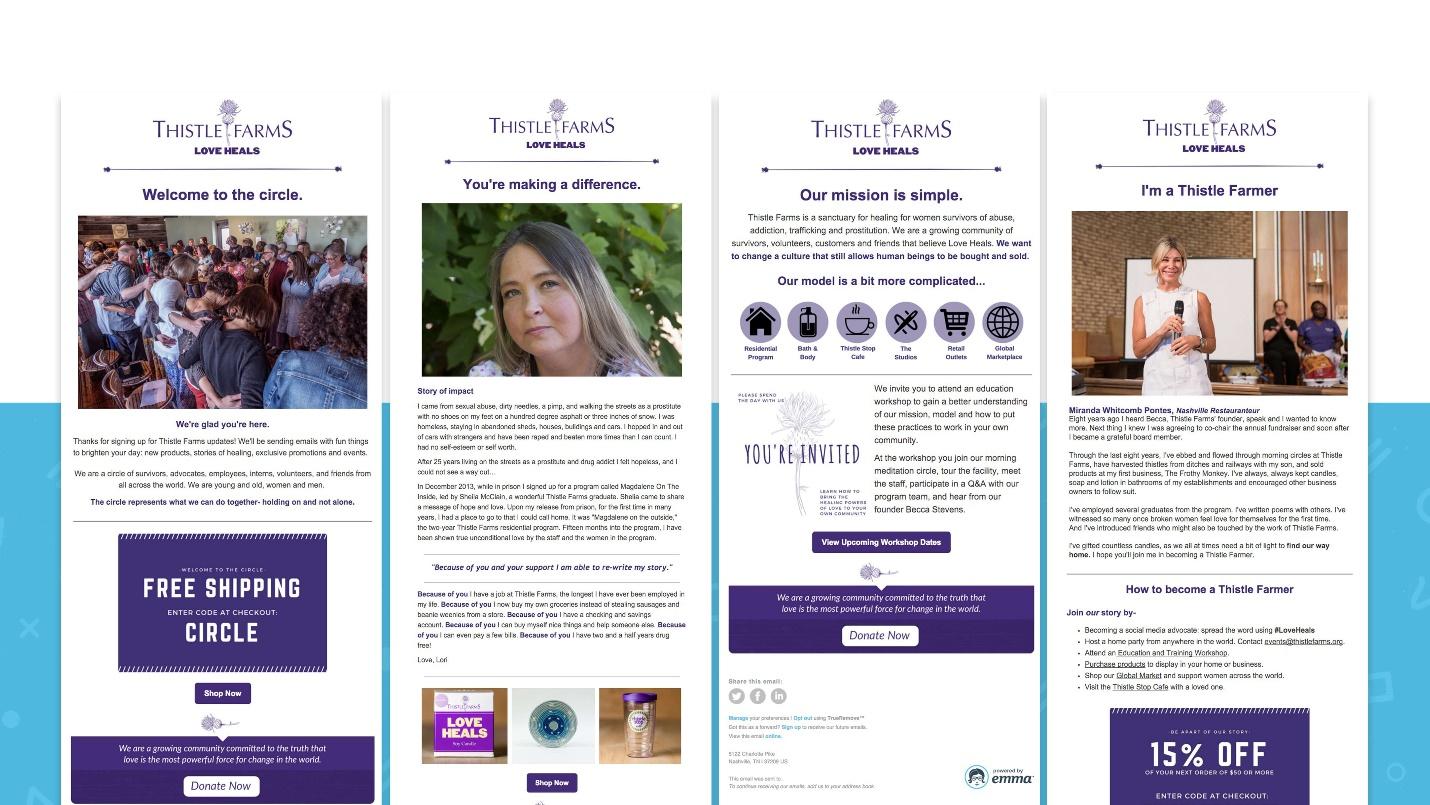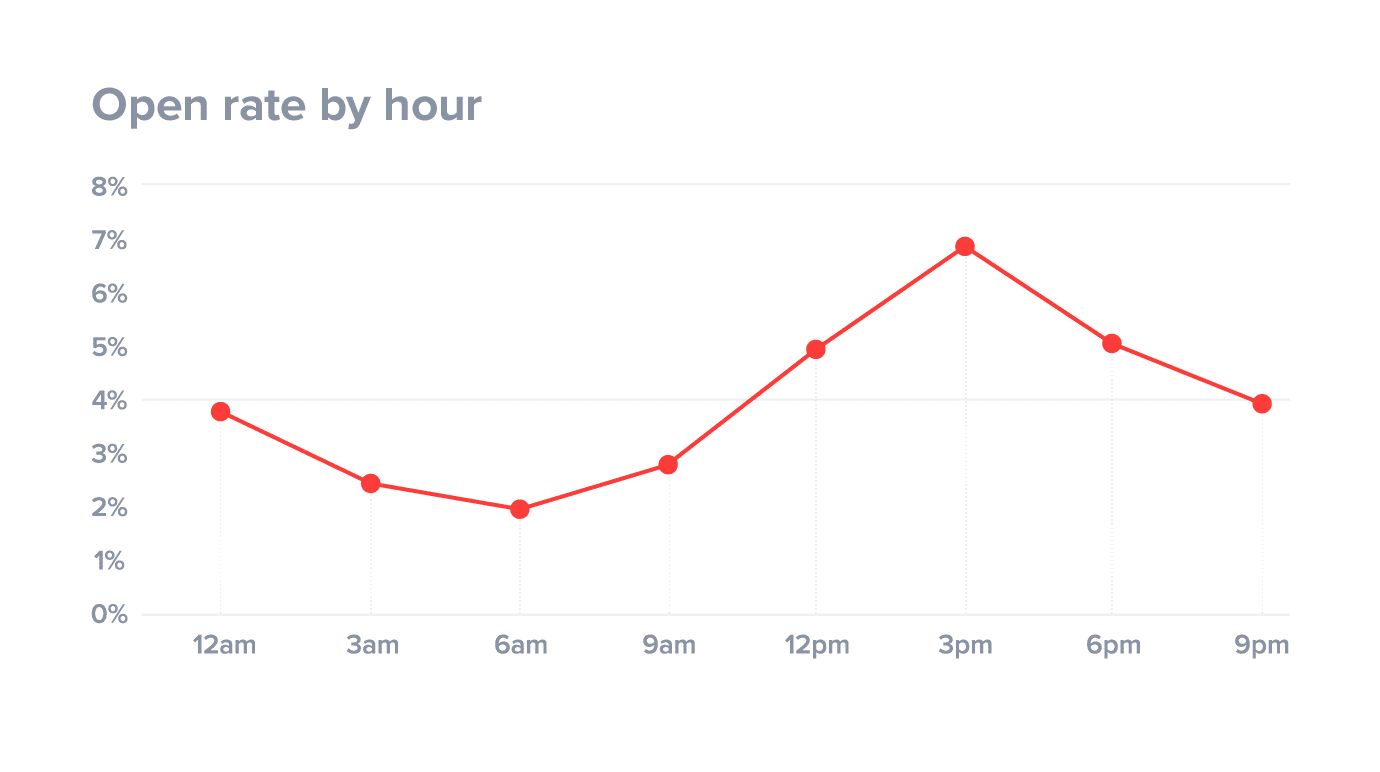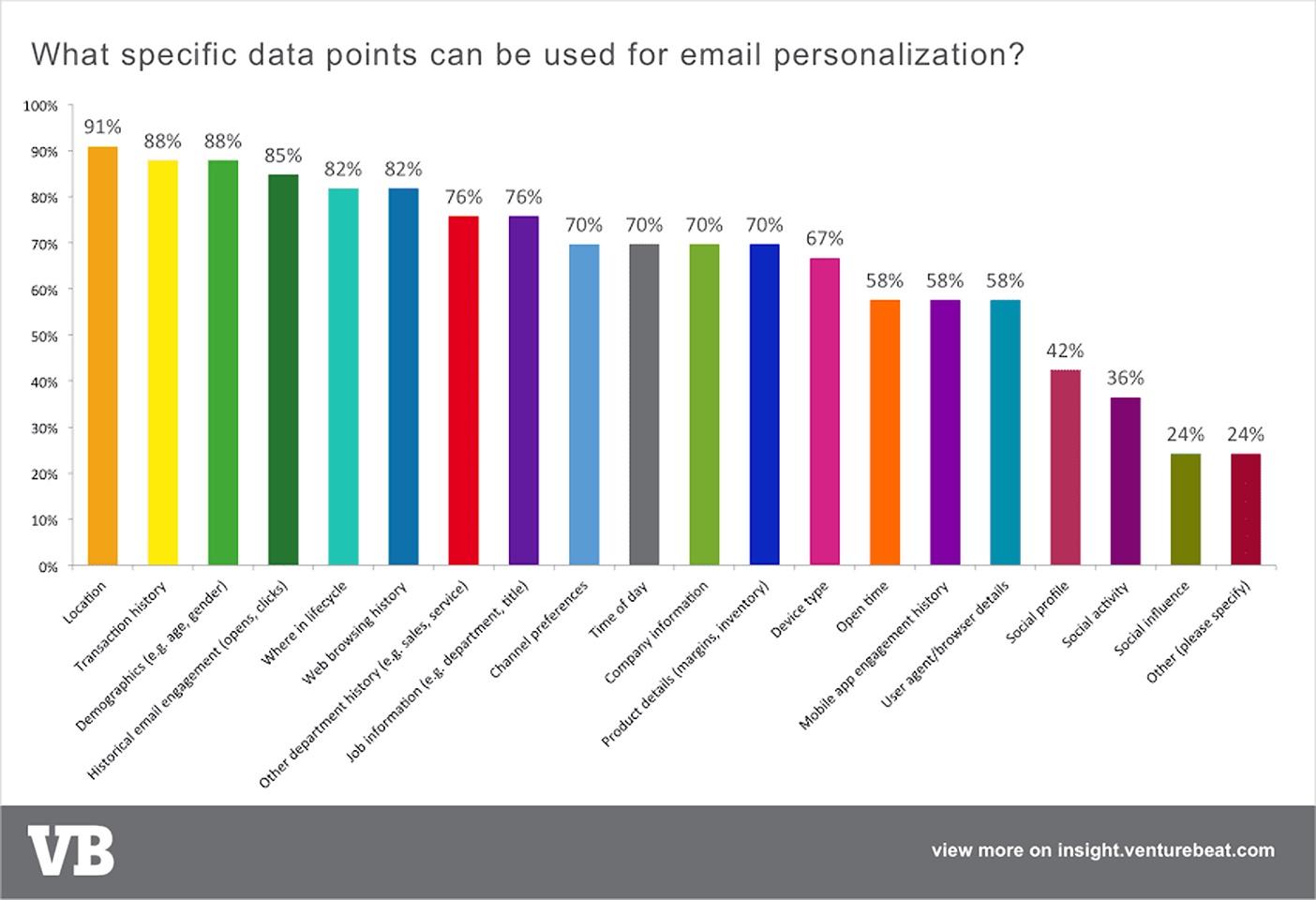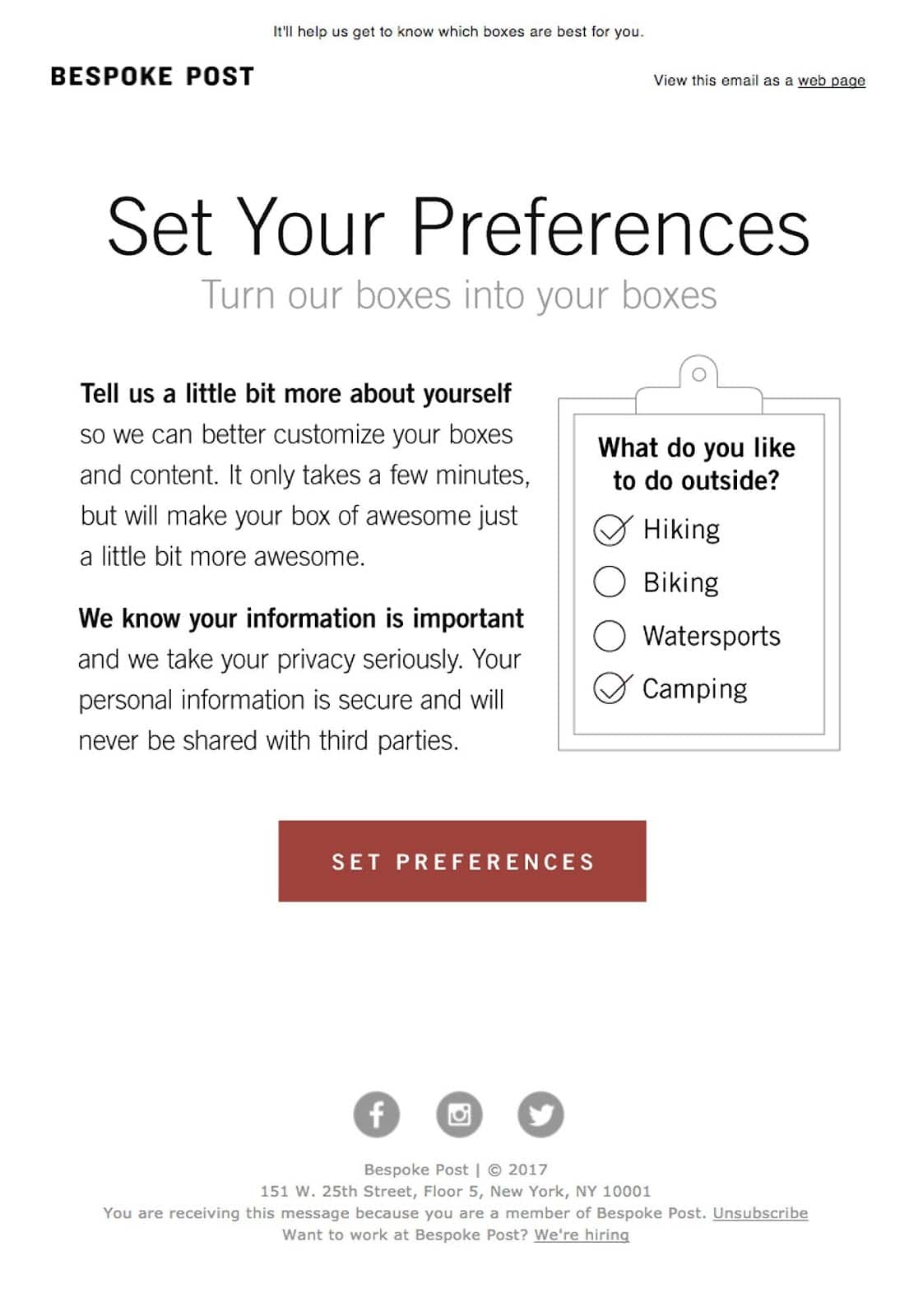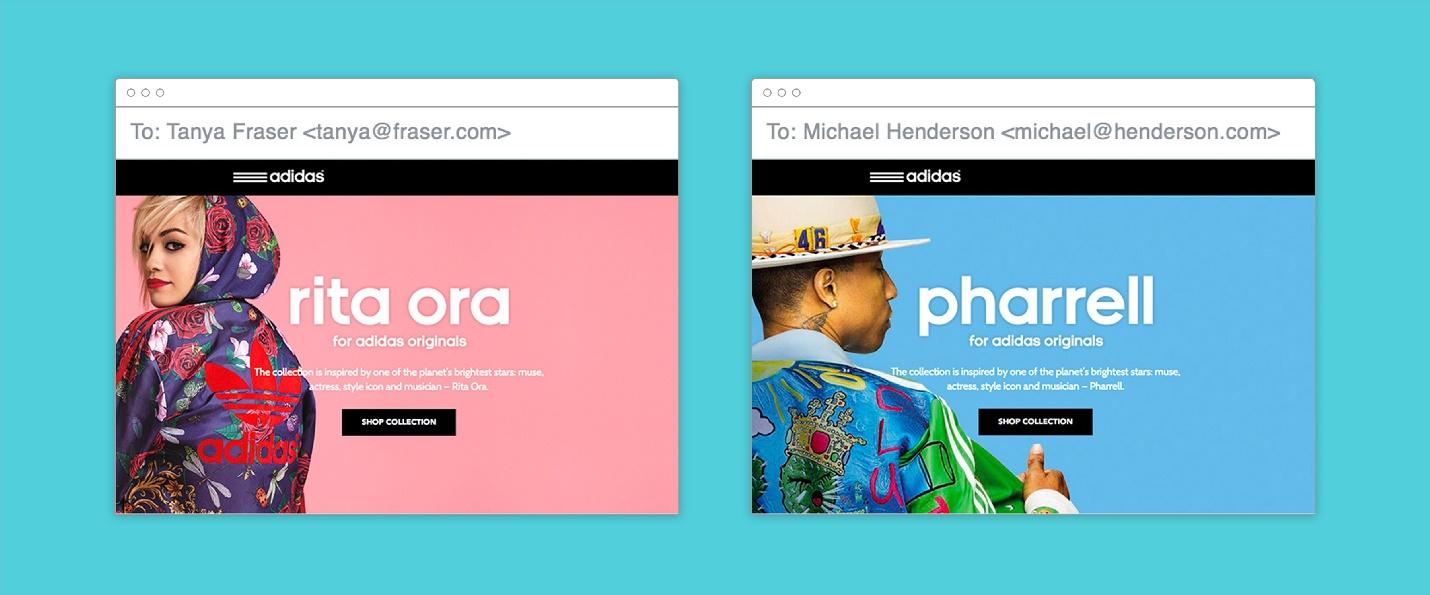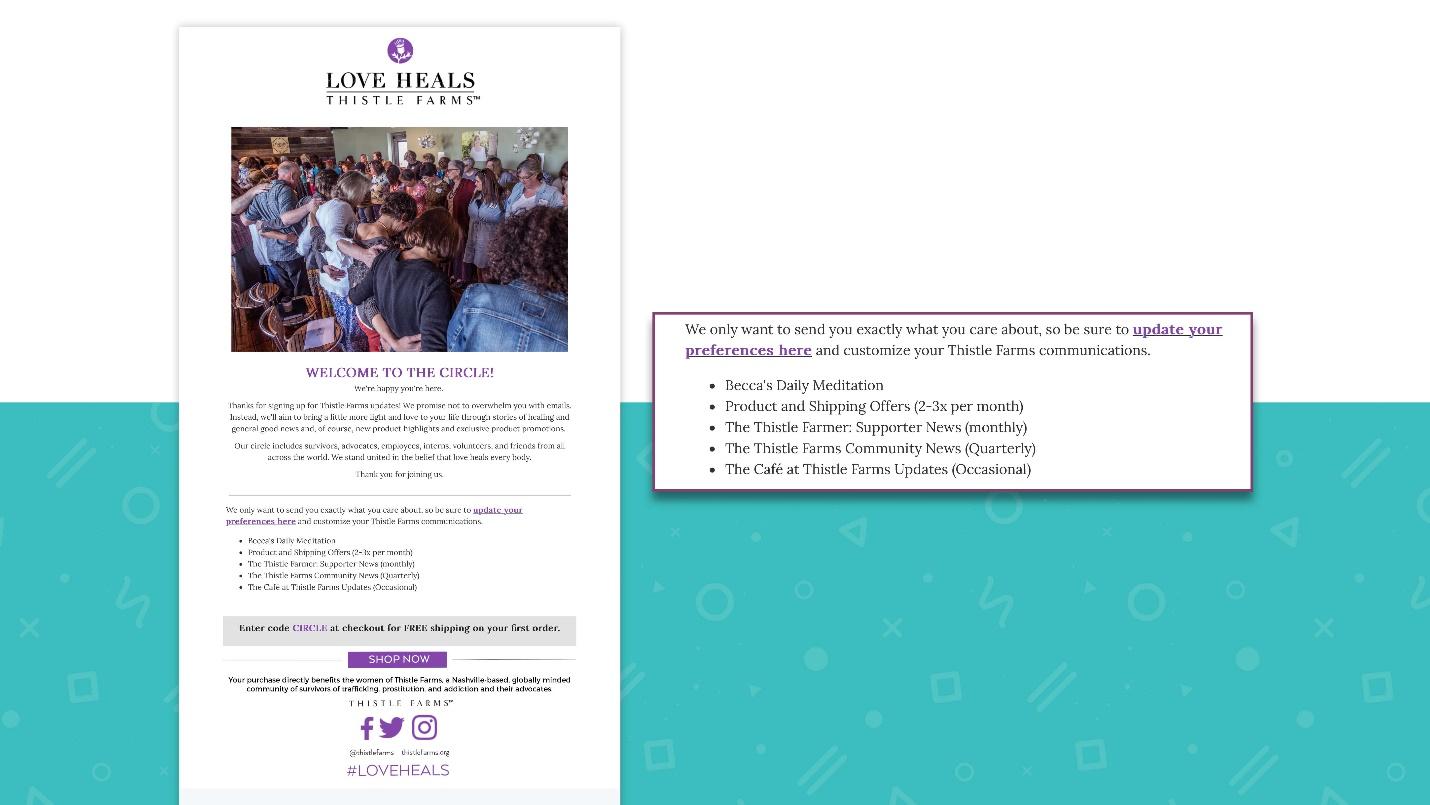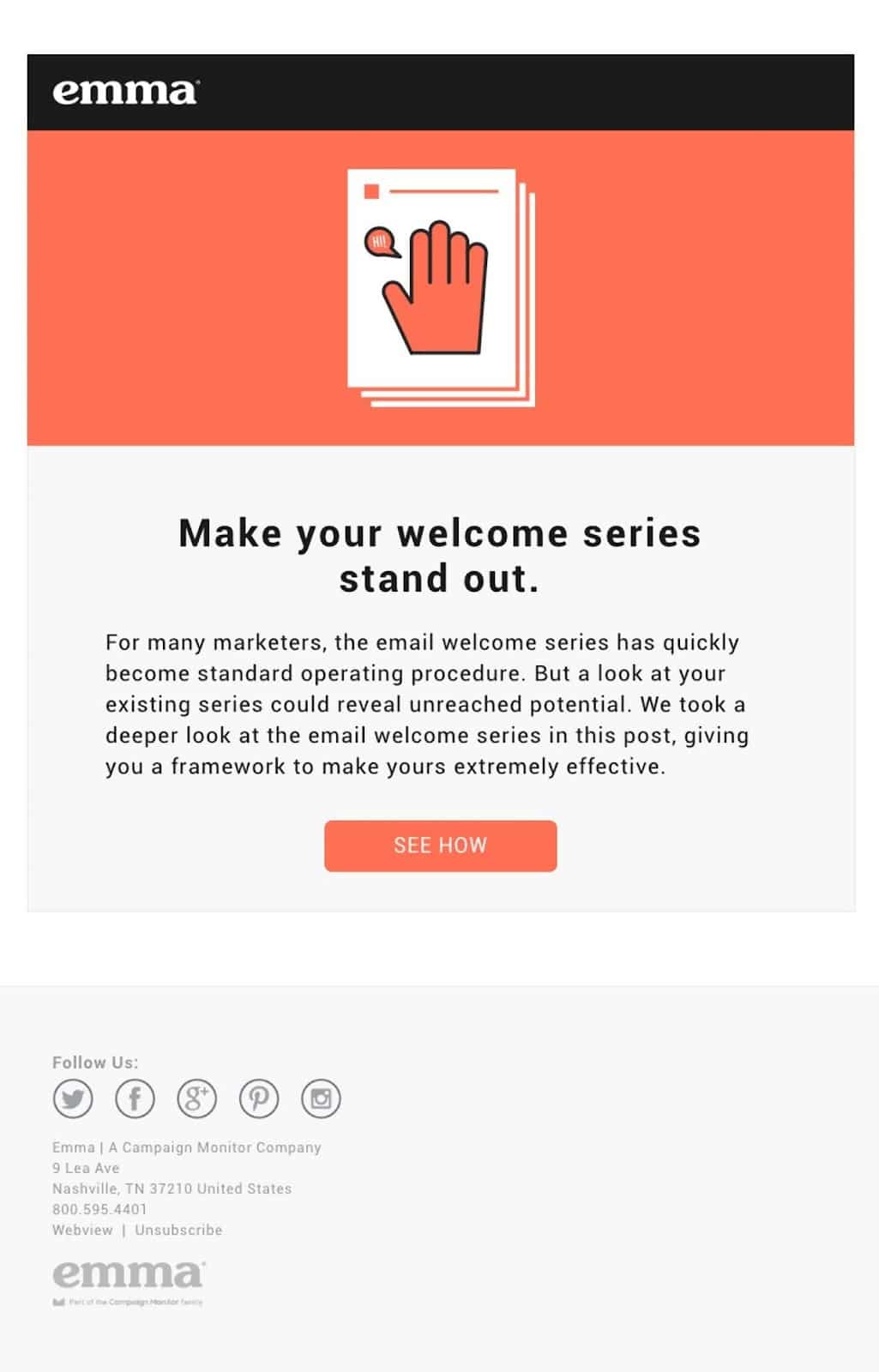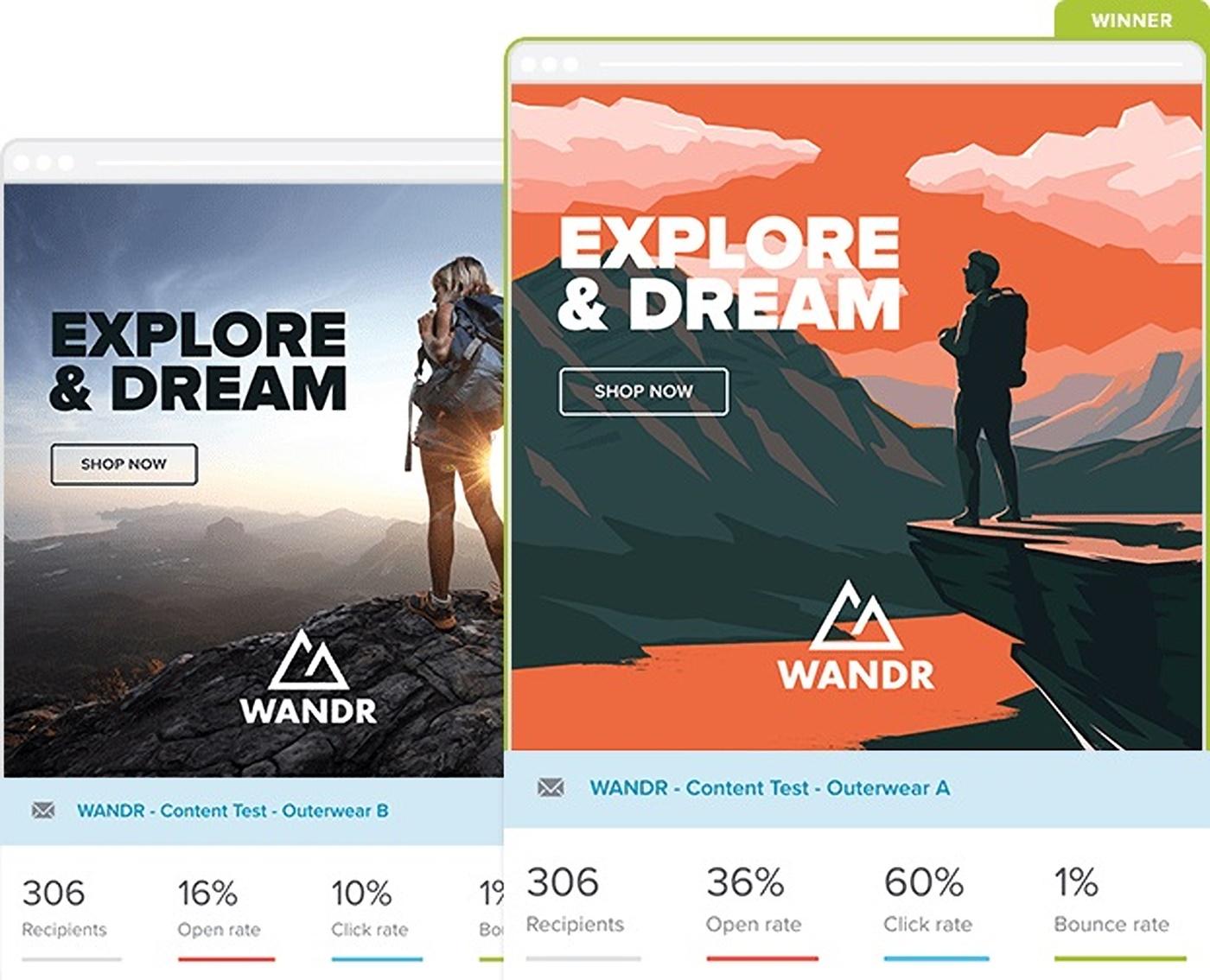Email 101: How to create winning lead nurturing emails (with examples)
As a marketer, you know that once a lead opts in to receive your messages, your work isn’t finished.
If you want your subscribers to remain active with your brand, you need to nurture each one that comes your way. Learning from winning lead nurturing examples is a great way to get the brainstorming process started.
What does it take to nurture a lead? If you don’t know how to answer that question, it can be easy to feel overwhelmed by the process. Keep reading to see examples of a good lead nurture email and to learn about building a lead nurturing email campaign.
What is a lead nurturing email?
The process of lead nurturing is the art of developing relationships. Once you’ve caught someone’s attention, you want to foster that relationship. Lead nurturing helps you do just that.
A common misconception: Once a lead makes the conversion to a customer, the lead nurturing process is over.
This is not the case.
Once your lead has made a purchase, you must continue building your relationship so they’ll become a repeat customer and brand advocate. This is why many marketers say the sales funnel is dead – it’s no longer a funnel with an endpoint. It’s a cycle that continues and repeats.
Source: Campaign Monitor
Lead nurturing examples come in several forms
When beginning-level marketers think of lead nurturing examples, the first thing that comes to mind is a welcome email series. These are sent following a lead’s initial opt in and help inform the reader about your brand, set expectations about your emails, and welcome them to your brand’s community.
Source: Emma
While a welcome email series is a great example of a lead nurturing email campaign, it’s not the only option. Lead nurturing examples can come in the form of:
-
Welcome campaigns
-
Promotional campaigns
-
Educational campaigns
-
Renewal/re-engagement campaigns
The ideal way to approach a lead nurturing campaign is to take it one step at a time.
7 best practices to create lead nurturing emails that get results
With nearly 80% of new leads never making a purchase, it can be hard to come up with a tactic that garners you the results you wish to see.
The idea behind a good lead nurturing email is not just to get a purchase, but to get the right purchase. Leads that are nurtured properly tend to make 47% larger purchases than those who weren’t.
So, what does it take to create a lead nurturing campaign that works and nets you the results you want? Below, we’ve compiled a list of seven best practices that should be considered for each new lead nurturing campaign you design.
1. Personalization is vital
When it comes to email marketing, personalization is vital. Each new lead that comes your way expects to be treated like an individual – and to do that, you have to include as much personalization in your campaign as possible.
Once upon a time, that meant simply using a lead’s name in your email subject line. That’s no longer the case.
Now, personalization means taking all the relevant data you’ve collected from each subscriber and using it to create a campaign around each person. This is easily done by using email segmentation, which we’ll touch on in just a bit.
Check out this example from Headspace. They’ve taken data and turned it into a lead nurture email that encourages a new user to give their app a second try. They personalize the message by including the user’s usage time and tell them to keep building the meditation habit by starting their second session. Notice how they didn’t use the subscriber’s name in this message, yet it still has a personal feel to it.
Source: Really Good Emails
2. Timing is everything
The whole goal of email marketing is to send the right message to the right person at the right time. The same goes for a lead nurturing campaign. It takes time, but if you’re using methods like A/B testing, you’ll narrow down to the ideal send times for your brand.
According to SuperOffice, the highest open rates occur in the late afternoon.
Source: SuperOffice
3. Segment your email list
Not only do segmented emails generate nearly 58% of all revenue, but marketers have said they saw a 760% increase in revenue from segmented campaigns compared to campaigns that weren’t segmented.
The good news? There are quite literally dozens of different ways you can segment your email lists.
Source: VentureBeat
For those just starting, the most often used segmentation categories include:
-
Gender
-
Location
-
Where the person’s at in the sales cycle
-
Demographics
-
Browsing history
-
Other preferences set during the opt-in process
One of the best ways to get started with email list segmentation is by providing an email preference center as a part of your onboarding campaign.
Source: Really Good Emails
This helps ensure you’re only sending relevant information to your subscribers, which is crucial during the lead nurturing process.
4. Create targeted content
Once you’ve done the hard work of segmenting your email lists, you can start creating and sending highly targeted content. Targeted content is specific content created for a specific audience member.
In this lead nurturing example from Adidas, the targeted content focuses on the subscriber’s gender to suggest the right content.
Source: Campaign Monitor
5. One email is rarely enough
When it comes to excellent lead nurturing, one email is never enough. However, there’s a fine line between creating a series and spamming your subscribers. While there’s no perfect number to include in a campaign, make sure you’re providing all the right information to each subscriber, depending on where they are in the sales cycle.
For example, a welcome series may include anywhere from three to five emails. Earlier, we included a welcome email series from Emma customer Thistle Farms. Originally, their series included four separate messages. But when they noticed a drop in overall engagement, they decided to run tests to see the ideal number of welcome emails for their readers.
Their conclusion: One email was enough. This helped them better segment their list and nurture their leads.
Source: Emma
In this case, a single email was enough to complete the onboarding process. From there, they were able to create more targeted campaigns and help further nurture each of their subscribers in the way that benefited them the most.
6. Never forget your call-to-action (CTA)
Again, the entire point of email marketing is to get users to act. While including hyperlinked text and images is a great start, the easiest way to encourage action is by using a CTA button.
Crafting a perfectly clickable CTA isn’t difficult, as long as you keep these tips in mind:
-
Keep it short and sweet
-
Use action words
-
Avoid friction words
-
Use one CTA per email
In this example from our own team, our CTA meets each of these requirements.
Source: Really Good Emails
7. Test, test, and test again
We’ve talked about A/B testing a few times already, but it deserves its own mention. Testing your content is important because it:
-
Provides you with the best send times
-
Delivers you essential email benchmarks necessary to determine campaign success
-
Gives you insight into what your subscribers prefer to see from you
When done right, you can pinpoint what works for your brand. The key, however, is to never rely on data from one test. Test each part of your campaign at a time before sending an email to your entire list.
Source: Emma
Wrap up
Creating a lead nurturing email that gets you the results you want doesn’t have to be a complicated process. The lead nurturing examples we covered are just the beginning.
To create a winning lead nurturing email campaign of your own, remember these best practices:
-
Personalization is vital
-
Timing is everything
-
Segment your email list
-
Create targeted content
-
Remember one email isn’t usually enough
-
Don’t forget your CTA
-
Test, test, and test again
Emma’s tools and features will help you create your most successful marketing ever. Schedule your live demo today
MOST RECENT ARTICLES
Want to engage your audience and grow your brand? Try Emma's robust easy-to-use product today.


